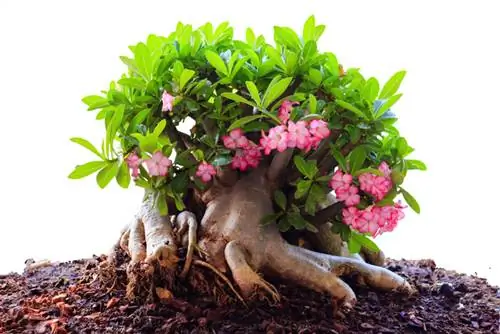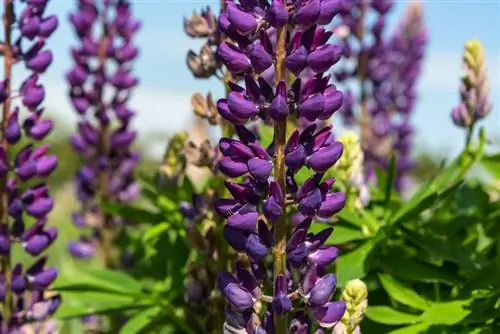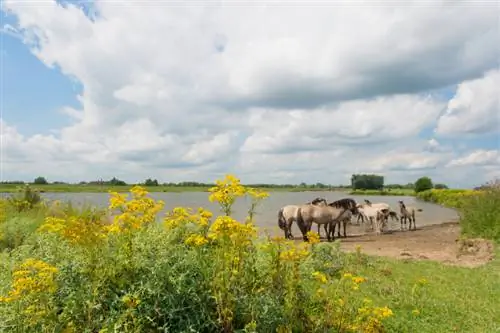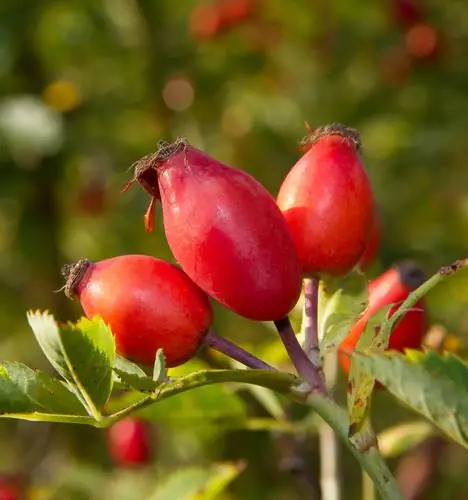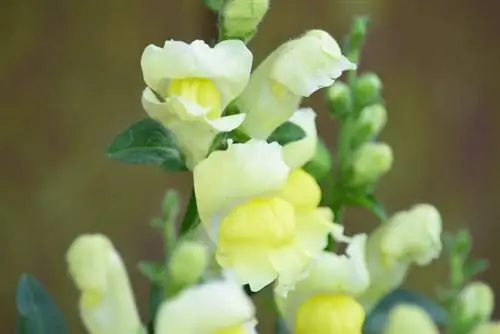- Author admin [email protected].
- Public 2023-12-16 16:46.
- Last modified 2025-01-23 11:20.
In the homeland of the desert rose, primitive people use the white plant sap as arrow poison. That says it all, right? This desert and steppe plant, adapted to extremes, knows how to defend itself against predators
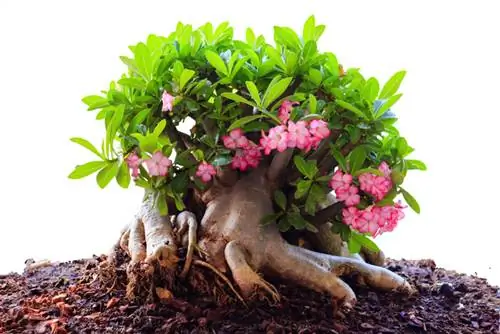
Is the desert rose poisonous and what symptoms can occur?
The desert rose is poisonous because it contains highly toxic substances such as cardenolides and honghelin. If consumed, nausea, vomiting, cardiac arrhythmias and circulatory problems can occur. Skin contact may cause irritation, itching and burning.
A highly poisonous milky juice
The milky sap of the desert rose is highly toxic. The name of the plant family also indirectly indicates its toxicity. The desert rose belongs to the dogpoison family. It is related to the oleander, which is also poisonous.
Cardenolide and honghelin make the desert rose as poisonous as the red foxglove. Eating the leaves as well as the flowers, seeds or shoots can have bad consequences, including:
- Nausea
- Vomiting
- Cardiac arrhythmias
- Circulatory problems
- Cardiac paralysis
- in case of skin contact: irritation, itching, burning
Tip
Although poisoning is unlikely due to the bitter taste, you should keep this houseplant out of the reach of pets and small children and wear gloves when caring for it, such as repotting!

